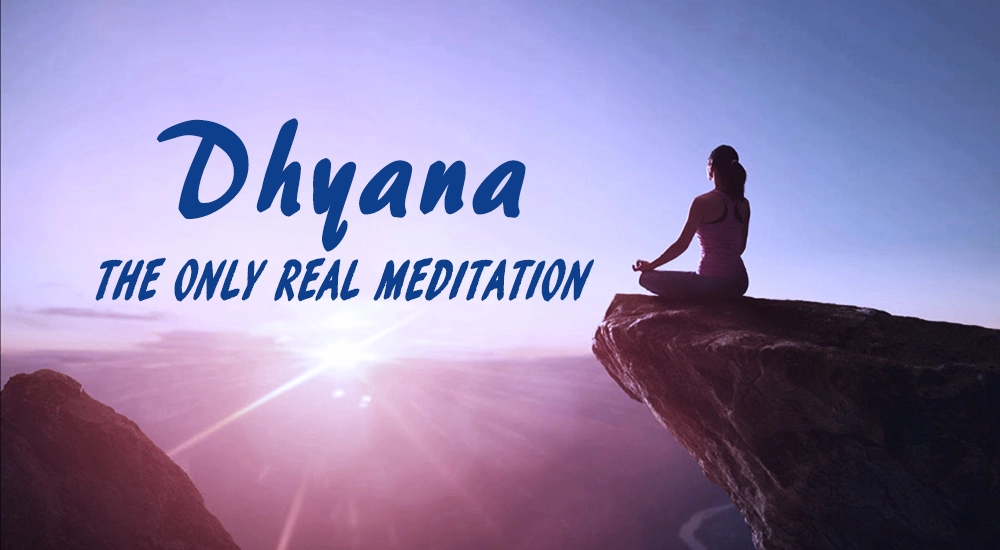Dhyana is a type of meditation that comes from ancient traditions like Hinduism, Buddhism, and Jainism. It’s all about finding peace and getting to know yourself better. People from different cultures use dhyan to feel more connected to themselves and the world around them. When you practice dhyan regularly, it helps you become more aware of yourself and your emotions, and you might feel more balanced. Studies have shown that dhyan can even change how your brain works, making you feel better mentally and physically. Even though scientists have learned a lot about dhyan, there’s still a lot we don’t know. This blog will explore what dhyan is all about and why it’s important in today’s world.
